Kangaroos are large, famous marsupials native to Australia. These charismatic and iconic creatures are frequently featured in pop culture, and are considered one of the symbols of Australia. While they appear cute and cuddly, kangaroos are actually quite powerful creatures. Read on to learn about the kangaroo.
Description of the Kangaroo
Kangaroos are large marsupials, which means that they have a pouch to carry their young, located on its lower abdomen. They have fur color ranging from red, to tan, to gray, and have a cream-colored belly. Their long, muscular tails are used to help them balance when hopping, their short front paws are used to grab things, and their long rear legs are used to jump about.
Interesting Facts About the Kangaroo
Marsupials as a whole are interesting, and kangaroos in particular are figureheads for this class of mammals. In addition to the unique trait of carrying their young in a pouch, kangaroos posses a number of impressive survival traits.
- Macropod Family – Kangaroos belong to the family Macropodidae, which means “large foot.” They have a number of close relatives that resemble smaller versions of kangaroos. Some of these Macropod relatives include wallabies, walaroos, tree kangaroos, quokkas, and pademelons.
- Massive Marsupials – One species of kangaroo, the red kangaroo, is the largest marsupial in the world! These massive kangaroos can stand nearly 6 ft. tall, and weigh up to 190 lbs. when fully grown.
- Not Ready! – When a female kangaroo is pregnant, she can delay the gestation, or development, of the baby. This frequently happens when resources are scarce, and the young is not likely to survive.
- Population – In Australia, kangaroos are incredibly prolific. In fact, it is estimated that there are about 60 million kangaroos across the continent. This means that kangaroos outnumber humans in Australia by two to one. There are twice as many kangaroos as people in Australia!
Habitat of the Kangaroo
As you may have guessed based upon their numbers, kangaroos can survive in a number of different habitats. This is what has allowed their numbers to increase to such a large population. You can find kangaroos in wooded forests, savannahs, scrublands, deserts, grassy plains, and more.
Distribution of the Kangaroo
Kangaroos can be found in Australia, Tasmania, and the surrounding islands. The four different species of kangaroo live in different areas of Australia. Red kangaroos have the most widespread range across Australia.
Diet of the Kangaroo
All kangaroos are herbivores, which means they only eat vegetation. The different species of kangaroos live in different areas, so the types of plants they feed on varies. In general, they eat grasses, shrubs, leaves, buds, and occasionally fungi.
Kangaroo and Human Interaction
Throughout Australia’s history, kangaroos have been an important resource for the aboriginal people. Aborigines use hunted kangaroo meat, hide, tendons, and bones. When Europeans began to settle in Australia, kangaroos benefitted greatly from the changes. Grazing lands for livestock give kangaroos plenty of vegetation to feed on, and the dingo numbers were reduced.
The high population of these animals have caused a similar effect on traffic collisions as the whitetail deer. Kangaroos are often startled by engine noise, or dazzled by headlights, causing them to leap in front of cars. These collisions can kill or injure kangaroos, and cause extreme damage to vehicles.
Domestication
Though kangaroo meat is frequently sold, this meat comes from animals in population control programs. Hunters must obtain licenses for hunting kangaroos, and follow established guidelines and protocols. Because wild populations are so plentiful, there is no reason to farm or domesticate them.
Does the Kangaroo Make a Good Pet
As a whole, most civilians could not properly care for a kangaroo. Because they are such prolific jumpers, and hop at high speeds, they require large fenced areas for them to exercise in. They must also be fed vegetation that replicates their natural intake. If given proper care, kangaroos can make good pets.
In 2003, a hand-reared kangaroo named Lulu saved a farmer who had been trapped by a falling tree branch. She led family members, in Lassie-esque fashion, to where the farmer had been injured. For her actions, she received a National Animal Valor Award.
Kangaroo Care
Kangaroos should be provided with lots of space for exercise, and shelter to escape from the elements. You should have a 6ft. fence that the kangaroos cannot climb under or go through. As social animals, they should never be kept solitary. Plenty of grazing opportunities must be provided, with grass and fresh branch trimmings. They are fed pelleted feed, hay, and greens as supplemental treats.
Behavior of the Kangaroo
Kangaroos are social animals that live in groups of ten or more. A group of kangaroos is called a “mob.” When kangaroos gather in larger numbers they display complex social structures similar to hoofed mammals, such as horses or wildebeest. While interacting, kangaroos sniff each other’s noses. These scent cues give each animal lots of information about the other.
Reproduction of the Kangaroo
A receptive female will roam in search of a suitable mate. Male kangaroos will mate with multiple females, and they play no role in raising the young. After mating, the baby kangaroo, known as a “joey,” will be born after a maximum of 33 days. It is about the size of a grain of rice, completely blind, and hairless.
The baby will climb through its mother’s fur and into the pouch. The joey will develop in the pouch for 190 days (just over 6 months) before it emerges. The joey will climb in and out of the pouch freely to feed, and will stop entering the pouch around 235 days old.
How the Kangaroo Got Her Pouch: An Australian Aborigine Story
One day, a mother kangaroo was playing with her joey at the bank of a river. While mother and joey where playing, an old, sickly wombat climbed across the bank. The mother kangaroo, being a kind and sweet animal, asked the wombat if he was ok. The wombat replied that he was old and blind, and no one wanted him around. The mother kangaroo told him that she would be his friend, and help him find the tastiest patches of grass.
While she was talking with the wombat, the mother realized her joey had wandered off, and went to find him. Finding her joey asleep beneath a tree, she returned to help the wombat. As she approached, she saw a hunter sneaking up on the wombat. She had to protect the poor wombat, so she stomped her feet and shook the bushes, drawing the attention of the hunter. When the hunter was distracted, she yelled to the wombat “Run away! There is a hunter,” and the wombat escaped.
The hunter chased the mother kangaroo through the brush, and she hopped as fast as she could to escape. When she could run no more, she laid in a cave so that the other animals wouldn’t have to see the hunter catch her. She waited and waited, expecting the hunter to find her, but he did not. She found her joey and went to look for the wombat, but he was gone.
The mother kangaroo did not know that the wombat was actually the great god Byamee. For her kindness, Byamee sent the sky spirits down to mother. The sky spirits peeled strips of eucalyptus bark, and fashioned an apron for mother kangaroo. When she tied the apron around her waist, it magically turned to soft kangaroo fur. Now mother kangaroo could carry her joey safely with her wherever she went!
Being the kindest creature in the forest, the mother kangaroo shared her gift with all of the other kangaroo mothers. Heartened by mother kangaroo’s kindness, Byamee fashioned pouches for all the marsupials. Because of mother kangaroo’s kindness, no marsupial mothers would never lose their babies again!

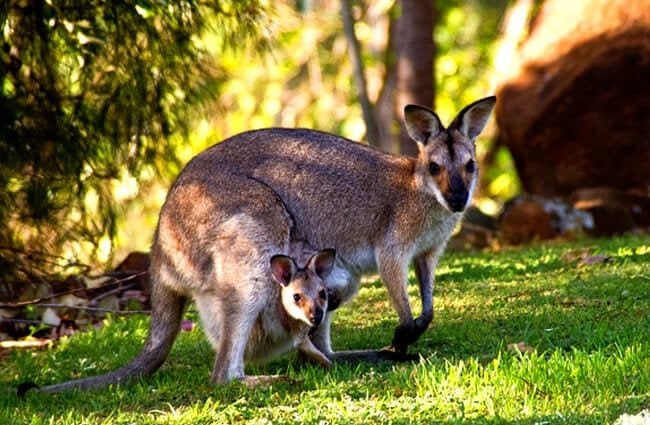
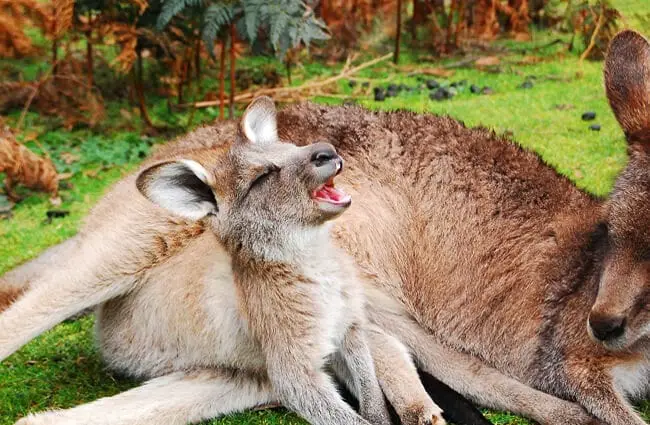
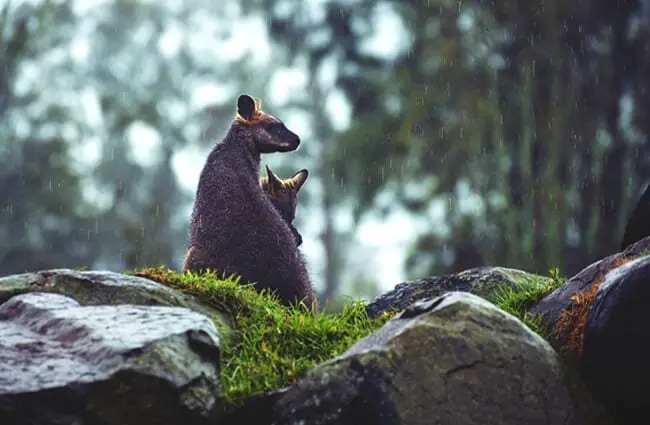
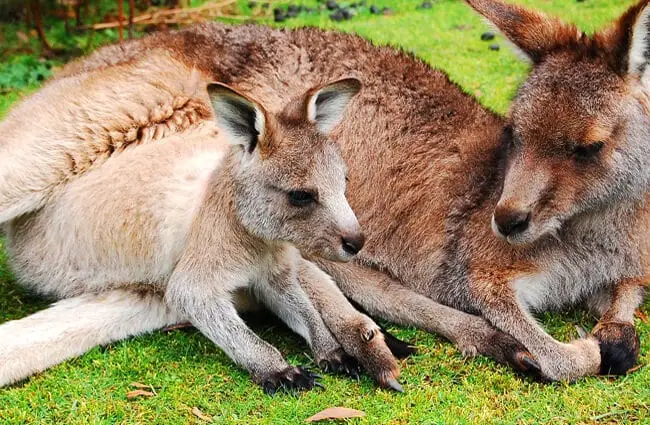
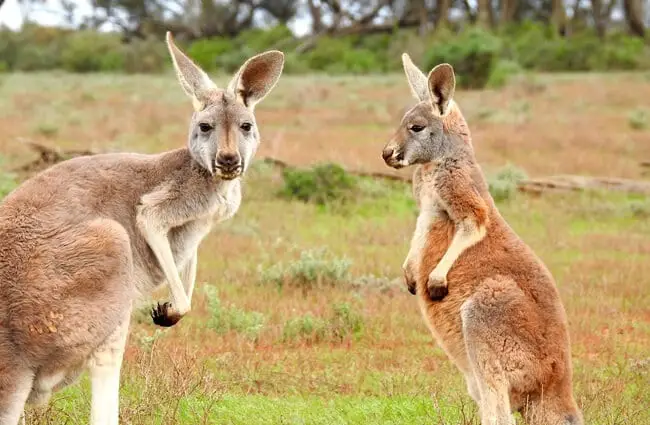
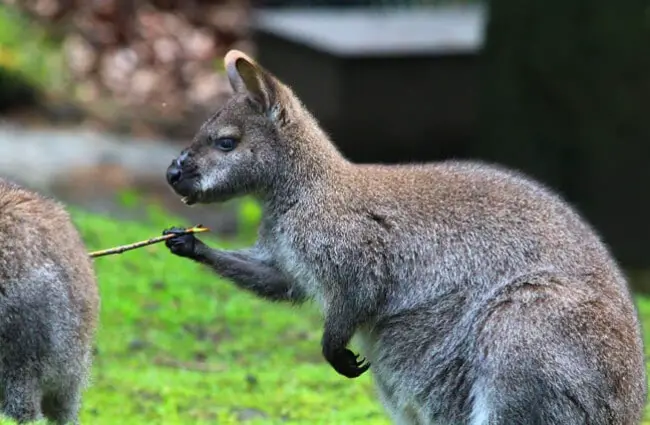

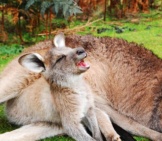
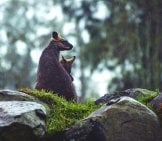
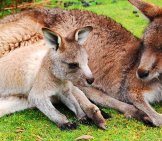
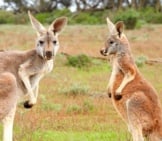
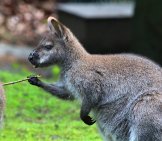
![Red Angus Closeup of a beautiful Red Angus cowPhoto by: U.S. Department of Agriculture [pubic domain]https://creativecommons.org/licenses/by/2.0/](https://animals.net/wp-content/uploads/2020/03/Red-Angus-4-238x178.jpg)
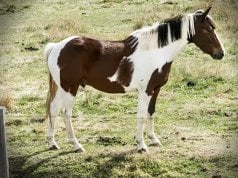
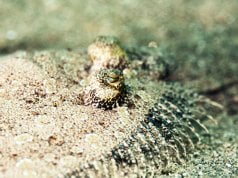








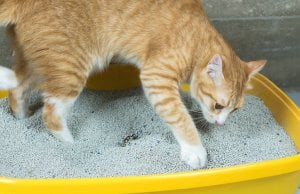

![Red Angus Closeup of a beautiful Red Angus cowPhoto by: U.S. Department of Agriculture [pubic domain]https://creativecommons.org/licenses/by/2.0/](https://animals.net/wp-content/uploads/2020/03/Red-Angus-4-100x75.jpg)

